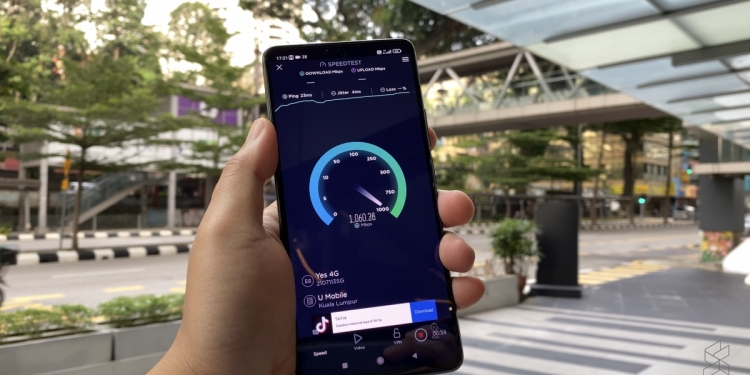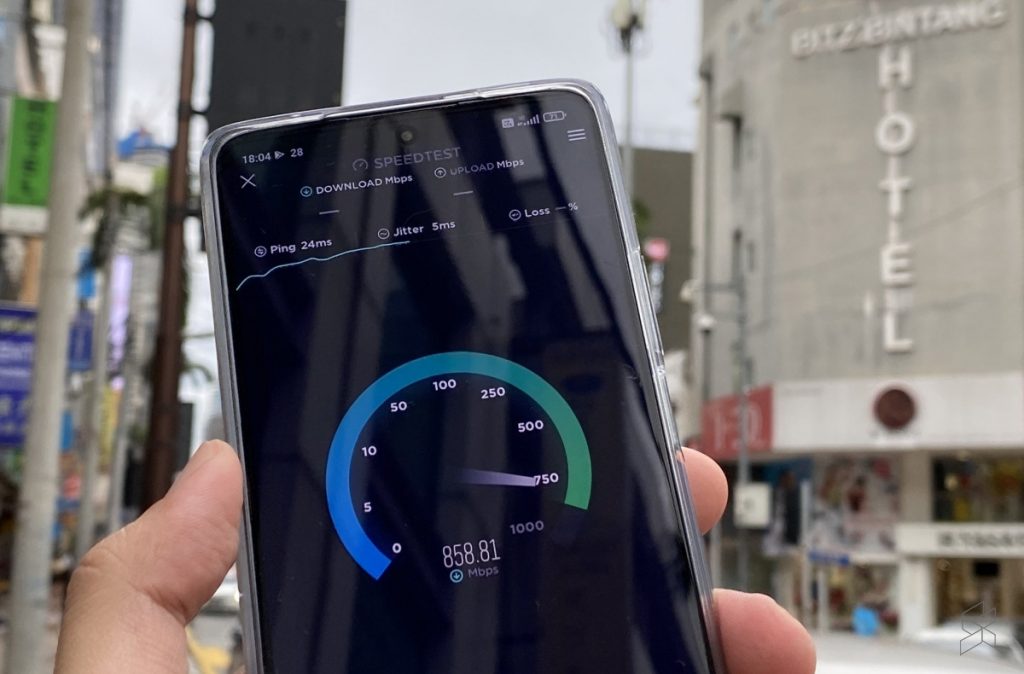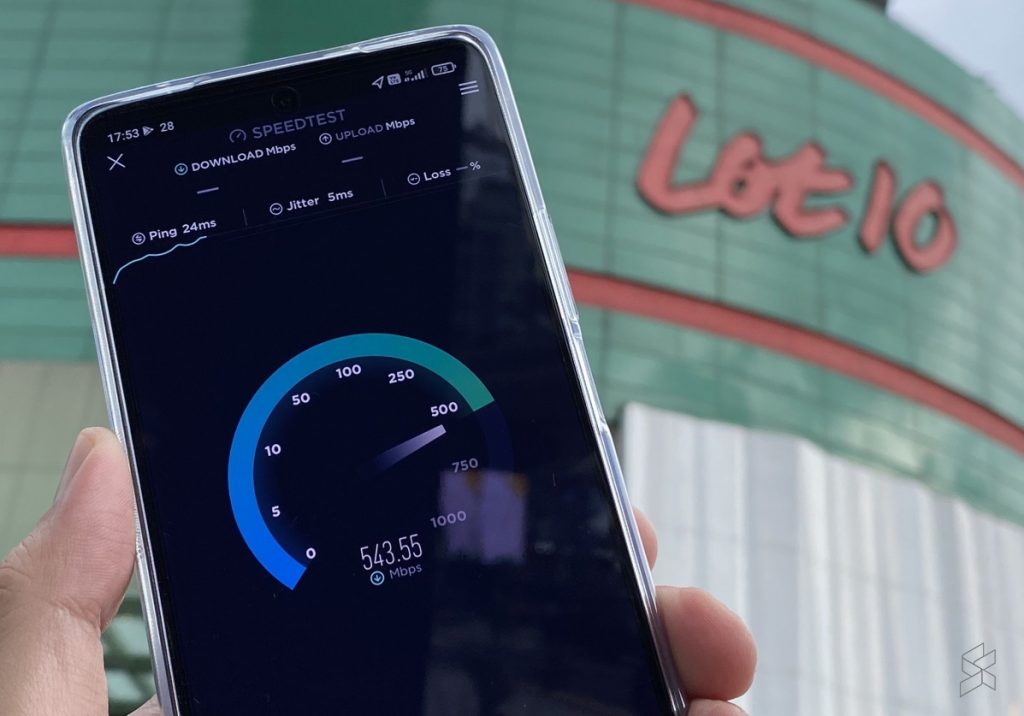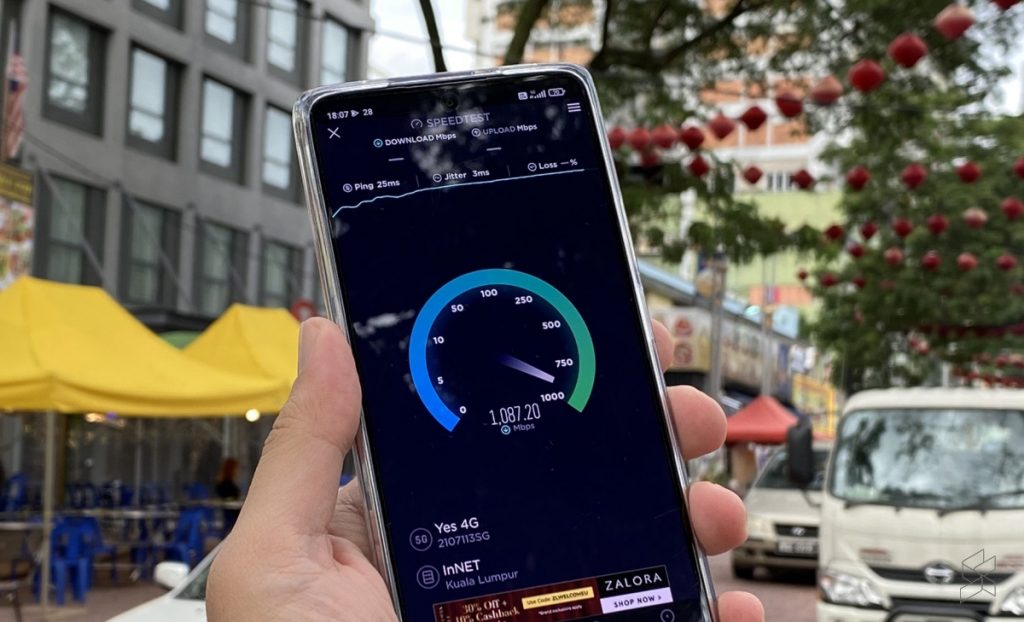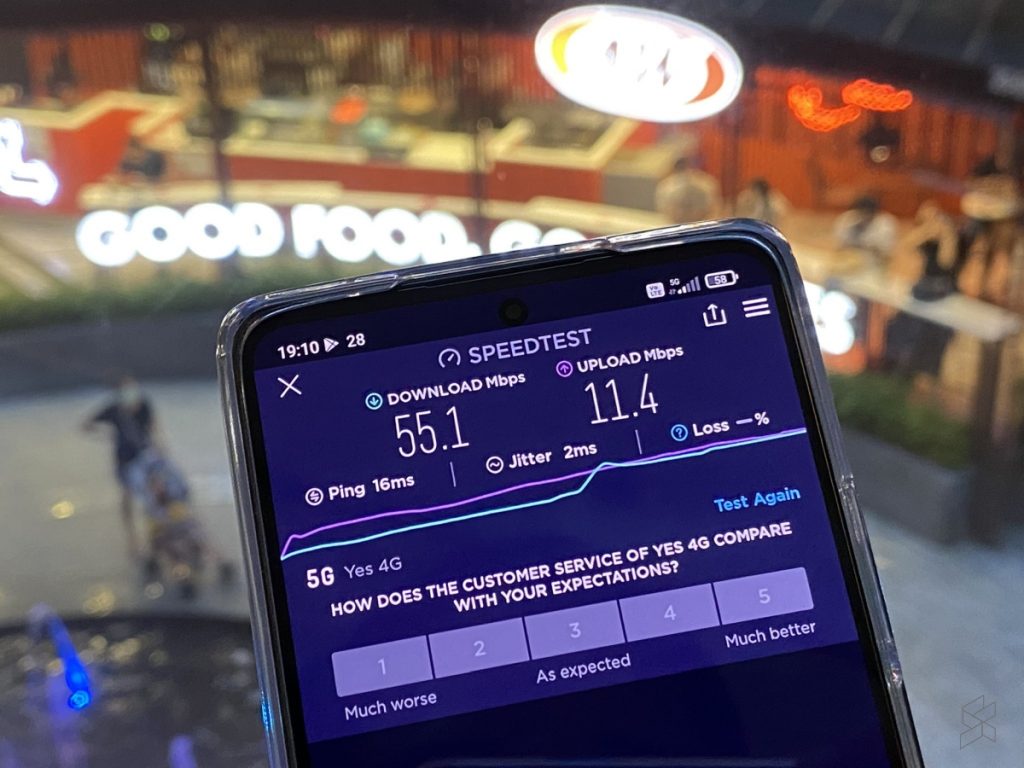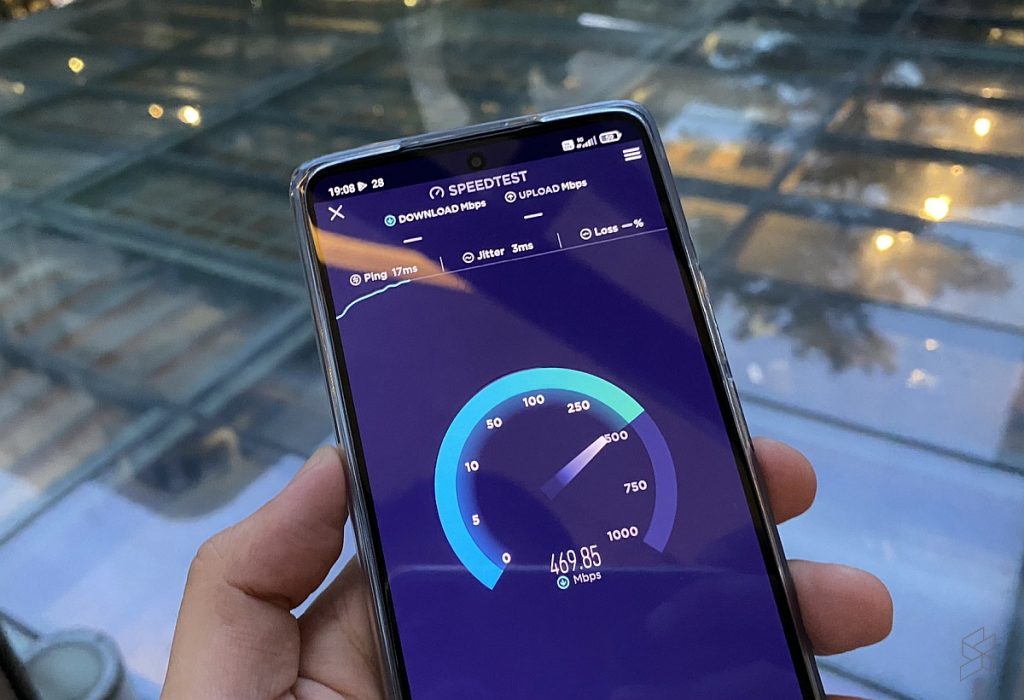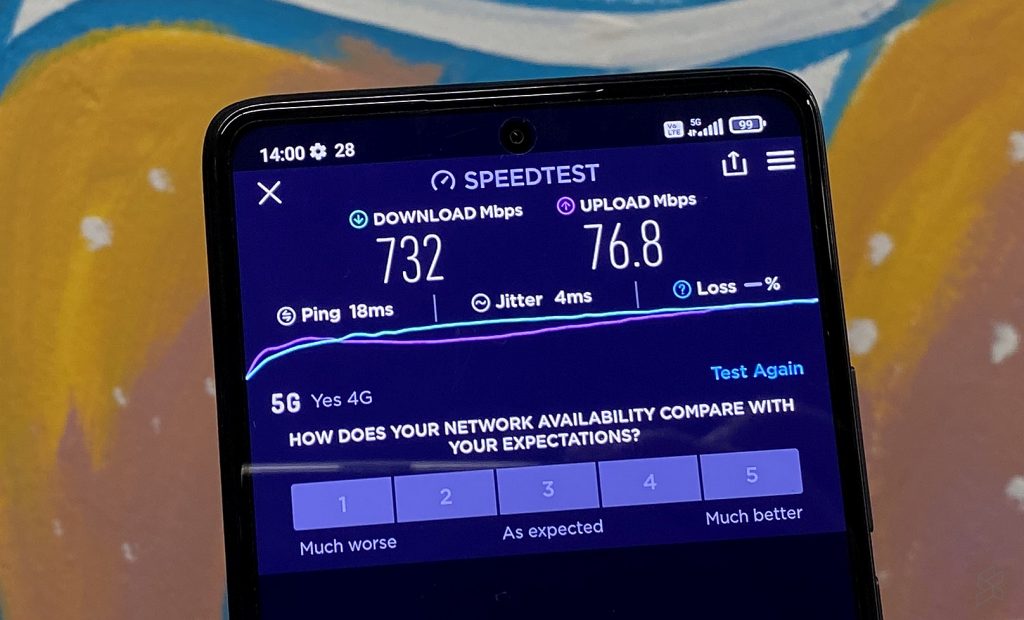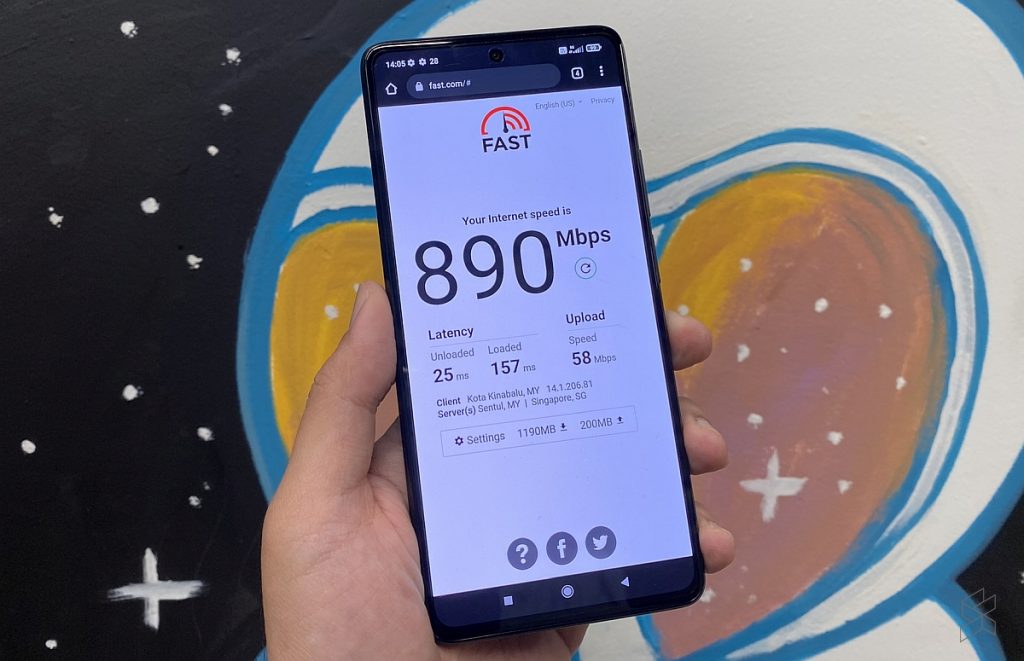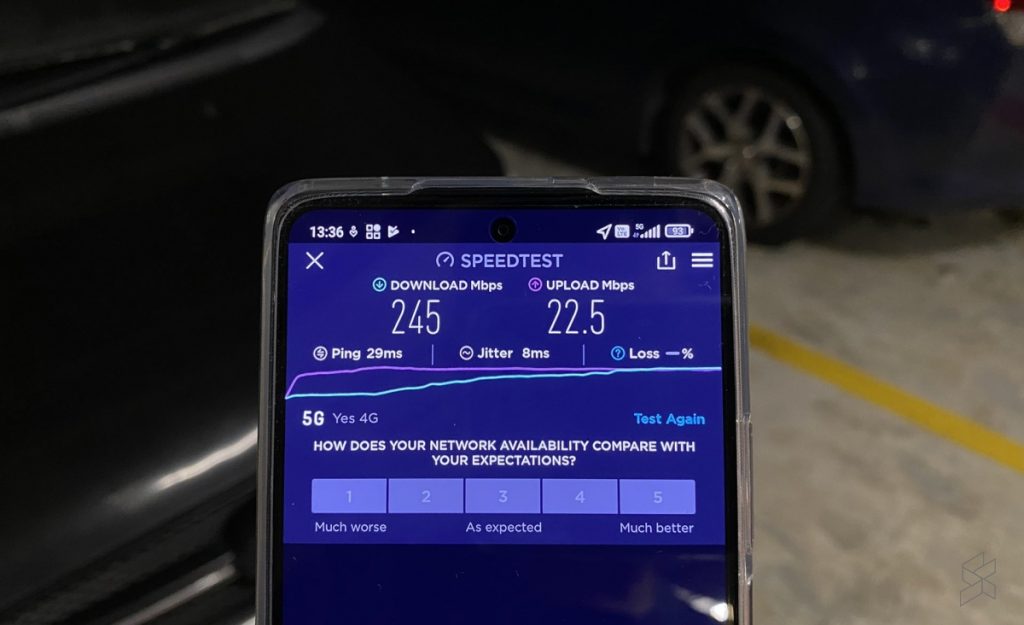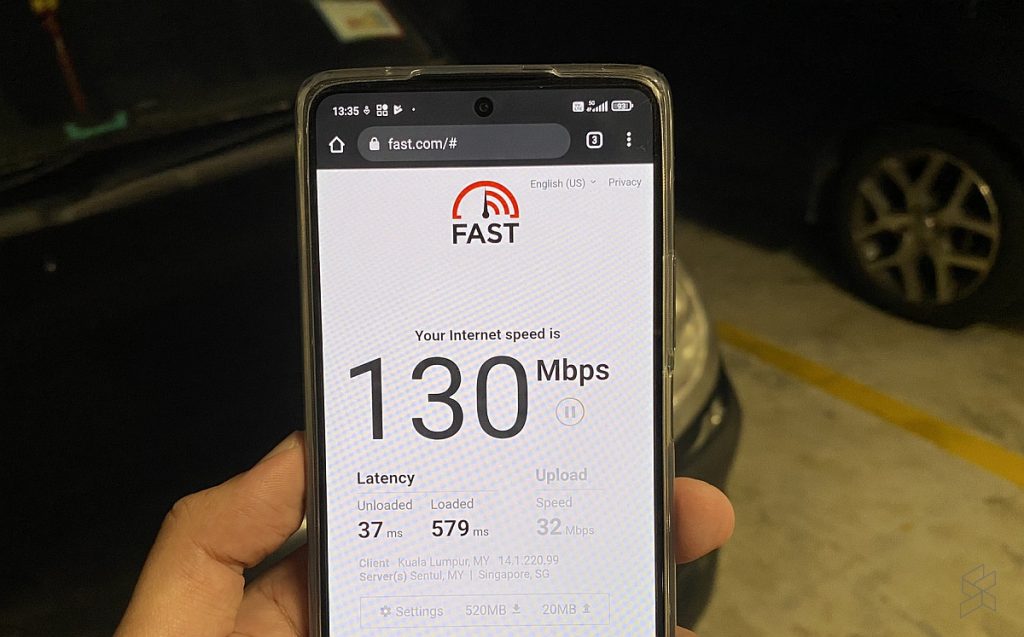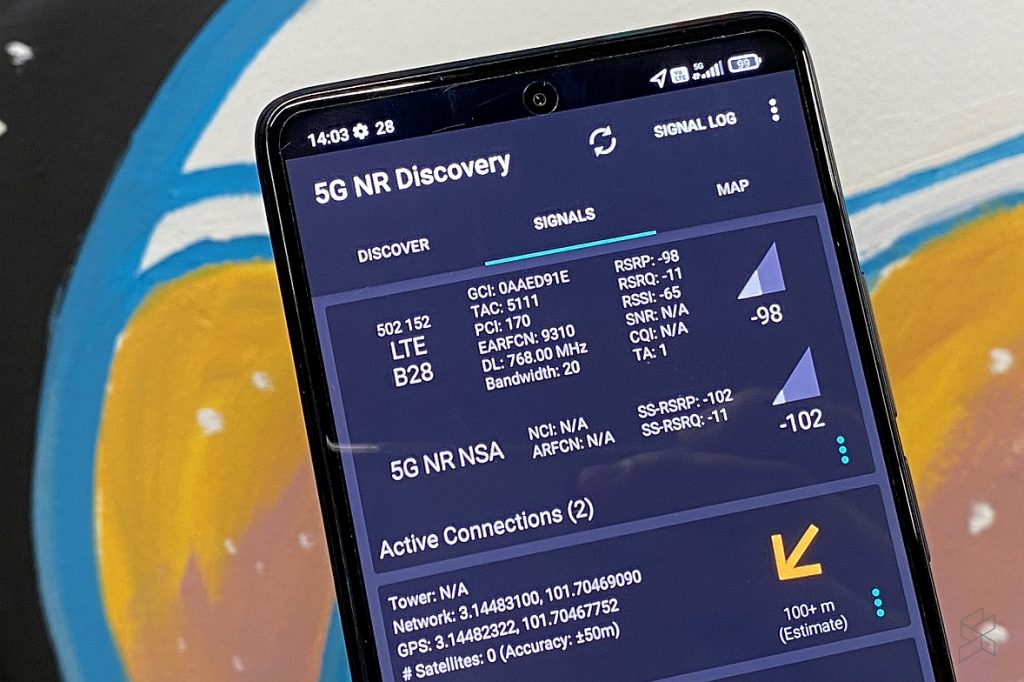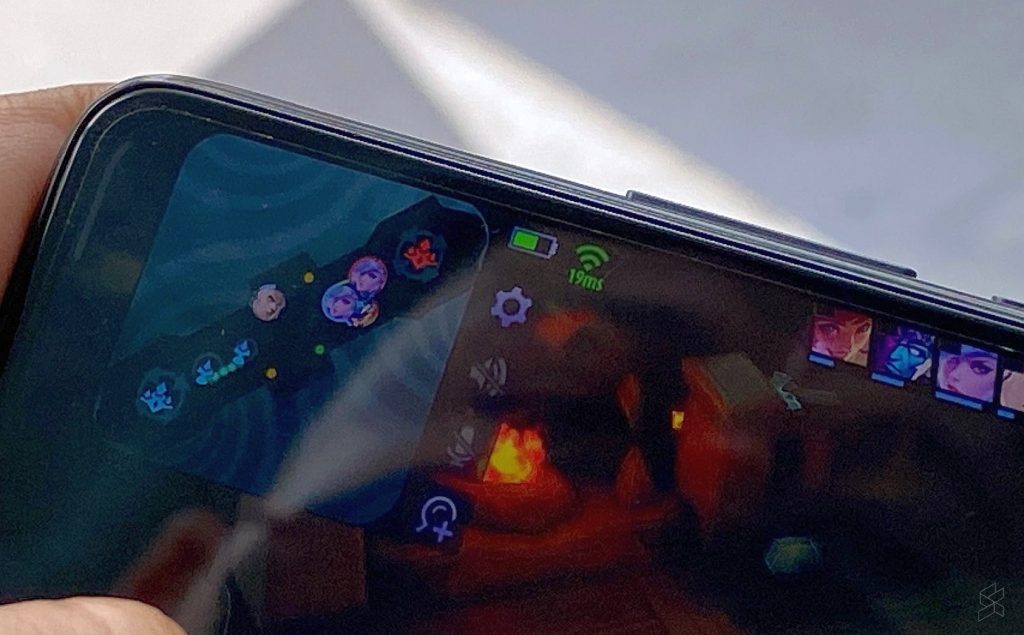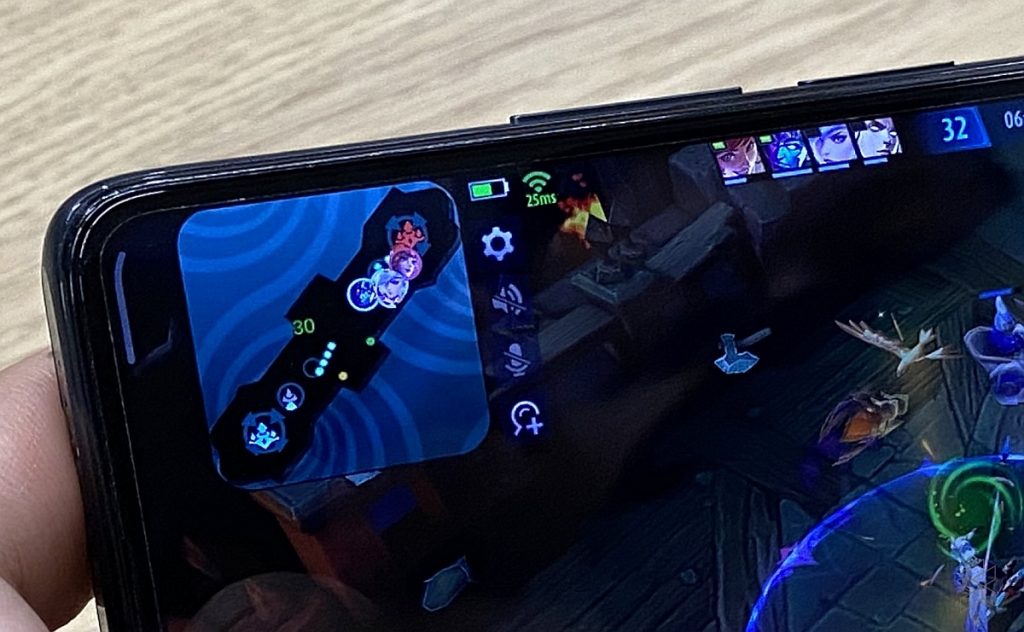Malaysia finally has a 5G network up and running which is accessible to consumers. Digital Nasional Berhad (DNB), the state-owned 5G single wholesale network, is currently offering telcos free access from 15th December 2021 until 31st March 2022. At the moment, only two telcos have signed up for the free trial offer namely YTL Communications (Yes) and Telekom Malaysia (Unifi Mobile).
Among the two providers, Yes is the first to offer 5G and you can already pick up a 5G-ready Prepaid SIM pack for RM30. The plan provides you with unlimited access to DNB’s 5G network with no speed caps within the Klang Valley.
Signing up for Yes is super easy
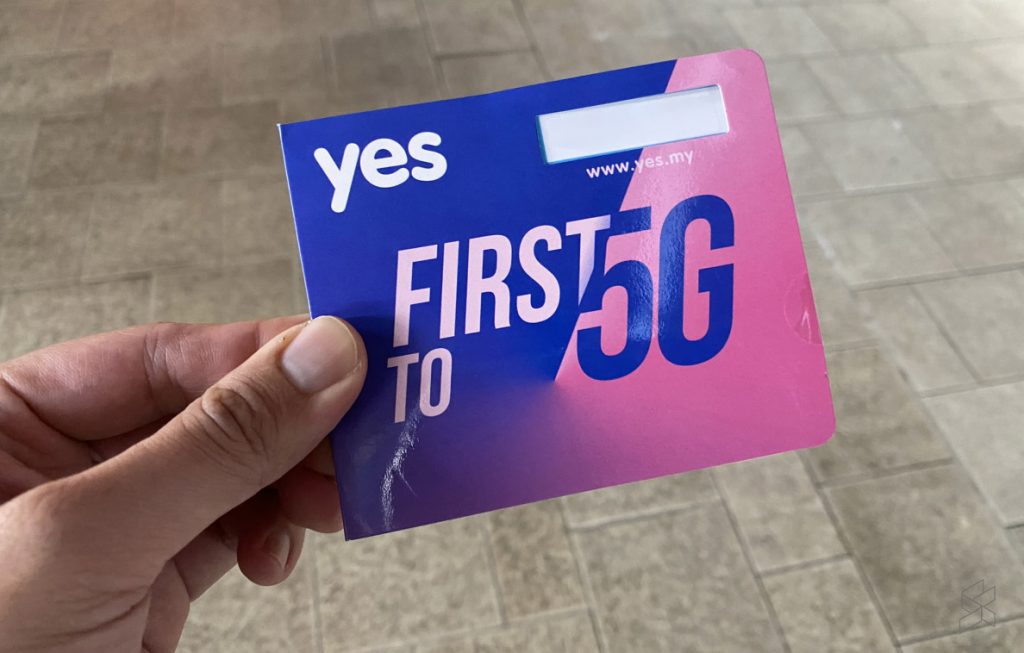
Following the official launch with DNB, Yes said their SIM packs are available online as well as at Yes Stores and MyNews outlets. The day after the event, we visited the Yes Store outlet at Lot 10 but the SIMs were not available yet. We managed to get our 5G SIM pack at MyNews on Saturday.
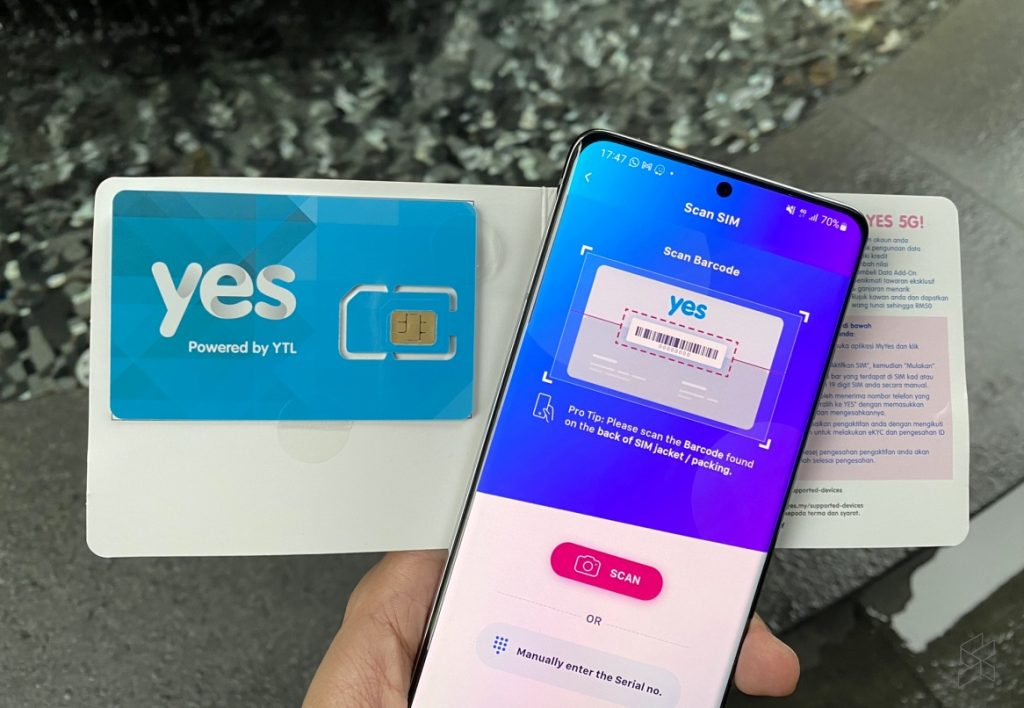
Activating the SIM pack is super easy and it requires a straightforward electronic-know-your-customer (eKYC) process which involves taking a picture of your IC and recording a selfie video. The MyYes app is easy to use and the SIM was ready within a couple of minutes. It is worth pointing out that the SIM packs were not labelled with any pre-assigned mobile number and we are unable to pick our preferred number during online registration. If you’re going to try this out, be prepared to get a random number for your Yes 5G SIM.
Only a handful of 5G devices are compatible
Probably the biggest hurdle right now is the device compatibility list. According to Yes’ device support list, the 5G service doesn’t work with Apple’s iPhone and Samsung Galaxy devices at moment. This is due device certification and software update with device manufacturers to enable 5G to work on DNB’s network. If you’re using an iPhone or a Galaxy device, you are only able to access to Yes’ 4G network.
If you want to take Yes 5G’s service for a spin, your best option right now is to use a Chinese 5G smartphone such as Xiaomi, Poco, Redmi, Oppo, Vivo, Realme, Huawei and Honor. For our 5G test, we are using the Xiaomi 11T Pro 5G on a Yes FT5G Prepaid plan.
Coverage isn’t as wide as it seems
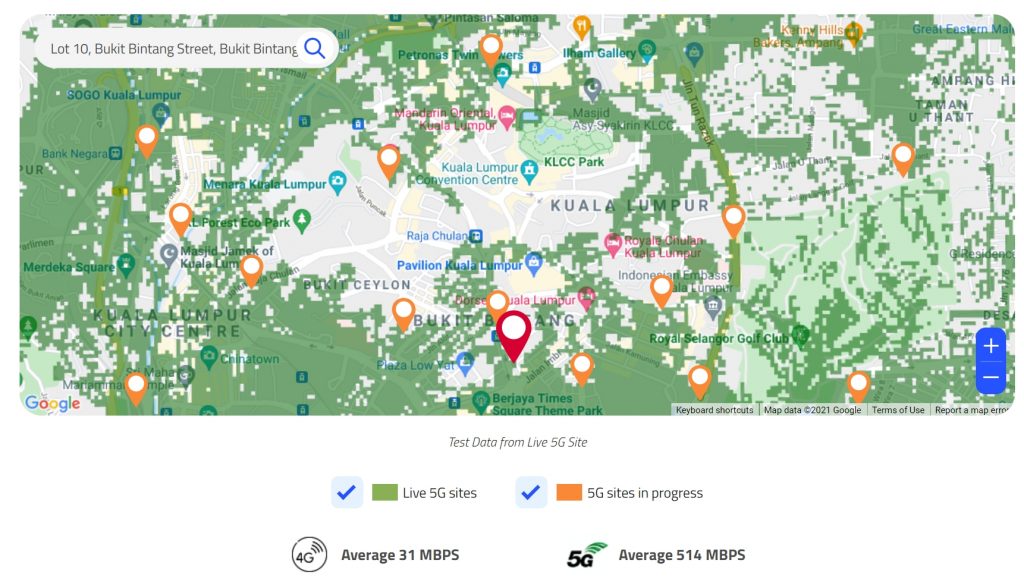
Under the initial phase, DNB’s 5G network only covers selected areas of Kuala Lumpur, Cyberjaya and Putrajaya. On a high-level overview of the interactive map, it looks like it has covered a significant area of Kuala Lumpur, Cyberjaya and Putrajaya. When you zoom-in, you’ll notice that the 5G coverage is still quite patchy especially in the heart of Kuala Lumpur.
From what we understand, most of the sites are using the 3.5GHz spectrum which provides higher capacity but the range is shorter than existing 4G coverage that uses the lower 900MHz to 2600MHz bands. Don’t expect decent indoor coverage at the moment as their 5G sites are mostly providing coverage outdoors. The coverage situation should improve once DNB starts deploying 700MHz sites.
We noticed that most major roads in Kuala Lumpur are covered and we are lucky that our office and studio at GMBB, located along Jalan Pudu, is within the 5G coverage area. What’s even more interesting is that we could get 5G indoors and decent signal in our basement carpark as well.
At the time of writing, DNB is believed to have more than 250 5G sites available they are ramping up to hit 300 sites by end of this week. It aims to deliver 500 sites within Kuala Lumpur, Cyberjaya and Putrajaya by the end of this month which will provide 10% population coverage.
300Mbps-1Gbps speeds in most outdoor areas
5G Coverage at Bukit Bintang
On Sunday, we did a walkabout around Bukit Bintang and we managed to get between 500Mbps to 900Mbps downloads on speedtest. The best spot so far was along Jalan Alor where we could easily hit 1Gbps downloads and upload speeds of 127Mbps. We are able to stream a 4K YouTube video smoothly without buffering while walking from our office at Jalan Pudu all the way to Pavilion. Obviously, this shouldn’t be surprising as all you’ll need is a minimum of 25Mbps.
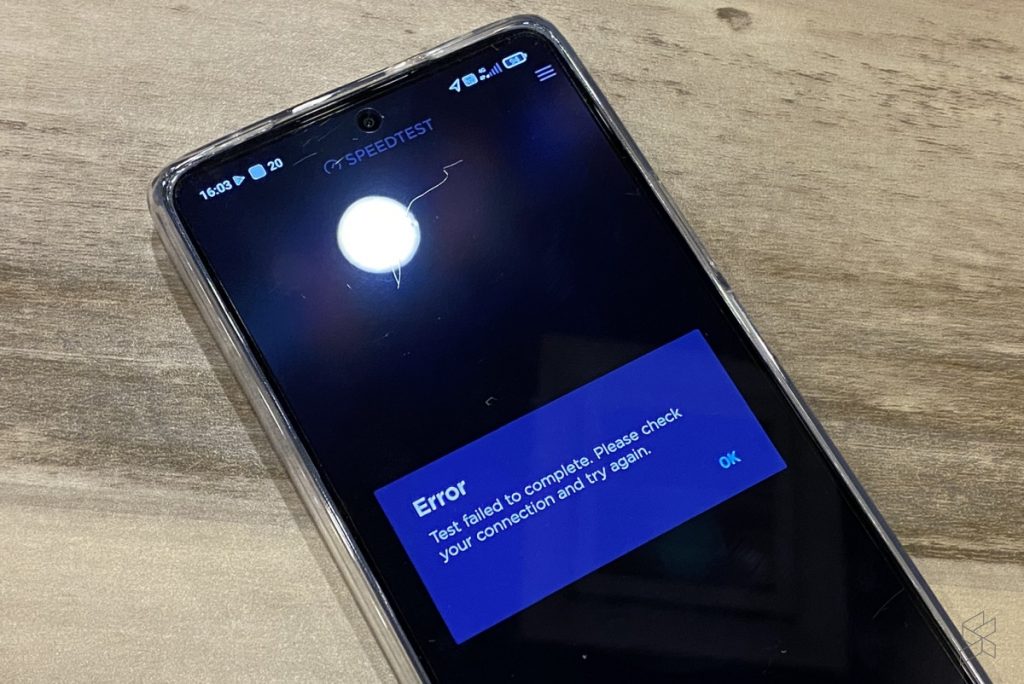
The signal got worse once we entered Pavilion and our device then switches to Yes 4G which was doing about 6-12Mbps indoors. When we got into a restaurant located at the lower floors, we only got a single 4G bar and Speedtest refuses to run.

Next, we head to KLCC and we managed to find a spot on the skybrige over Jalan Raja Chulan that has a 5G reception. We had to turn on and off airplane mode repeatedly to lock onto the 5G network with 2 signal bars. On the bridge, we managed to get 301Mbps downloads but the ping is slightly high at 39ms. As we proceed to walk on the bridge, we didn’t get 5G signal until we reach KLCC.
5G Coverage at KLCC
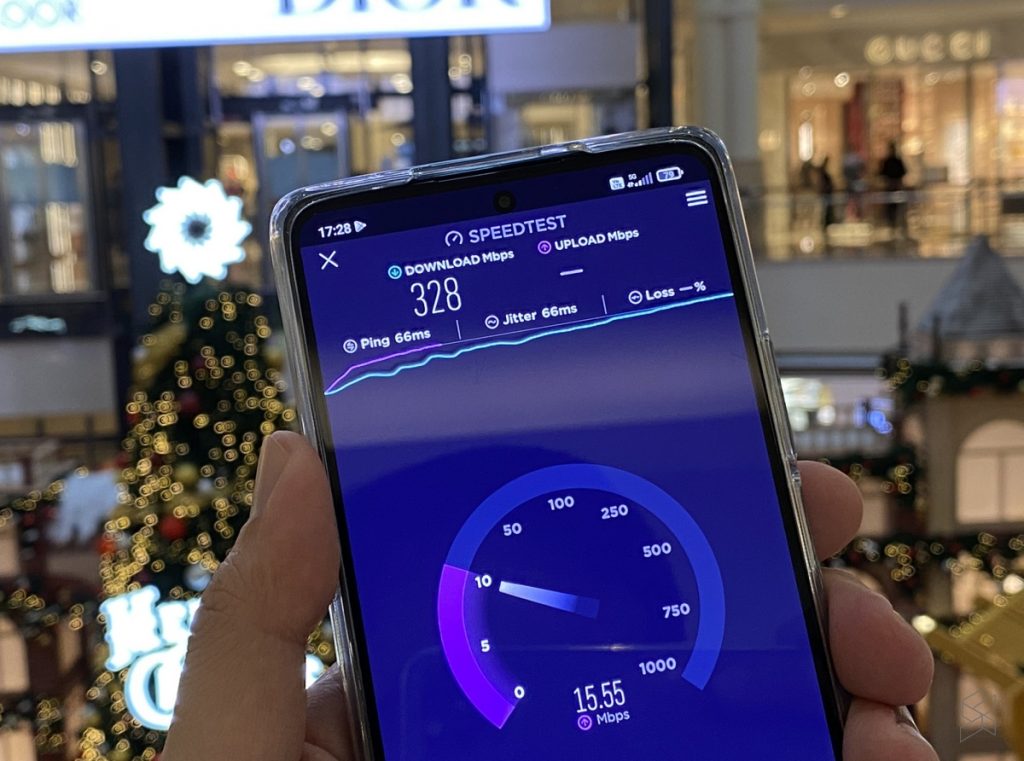
In the most areas inside Suria KLCC, we couldn’t get 5G until we reached the centre court area. Similar to the earlier location, we had to restart our mobile connectivity repeatedly to get onto the 5G network. The best we got was 328Mbps download, 15.2Mbps upload and 66ms ping at this spot.
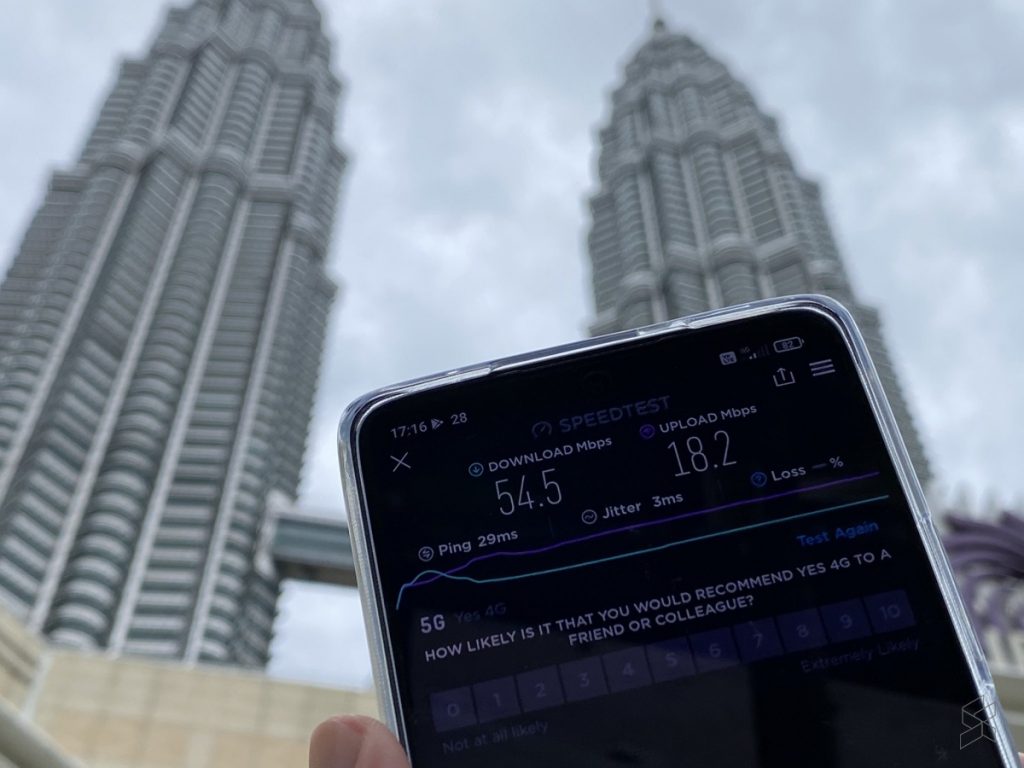
Thinking that outdoors would provide a better signal, we got a worse result at KLCC Park. 5G signal was only available at the area between the entrance and Mandarin Oriental, and we got about 54Mbps to 93.7Mbps downloads, which is below DNB’s promise of delivering 100Mbps speeds at the weakest point of coverage.
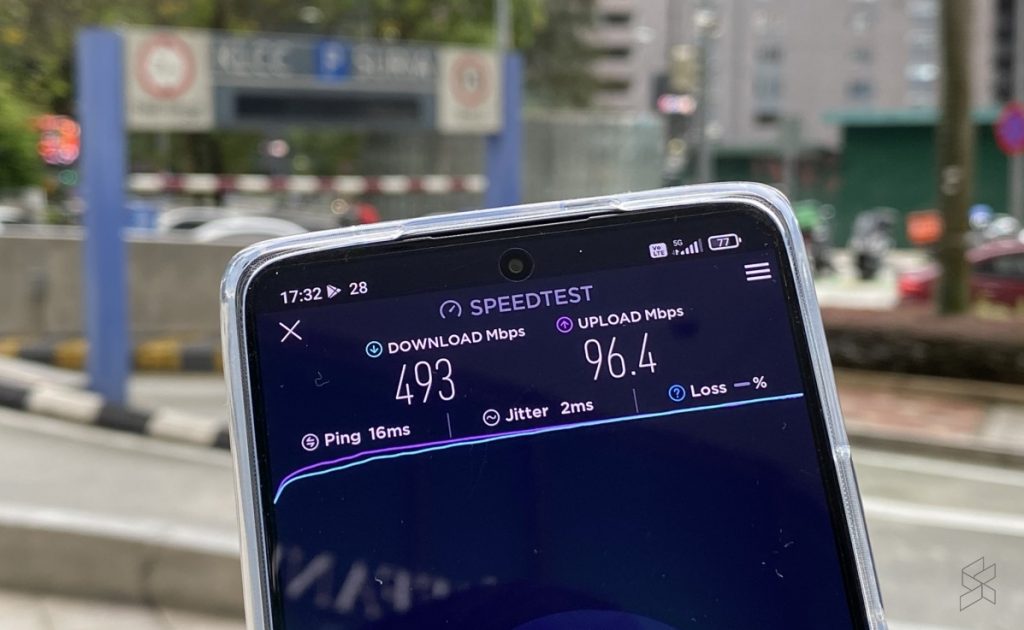
The best 5G spot we’ve found around Suria KLCC is at the P. Ramlee Mall entrance. We got close to 500Mbps downloads, 96.4Mbps uploads and the ping is much lower at 16ms.
5G Coverage at Mid Valley
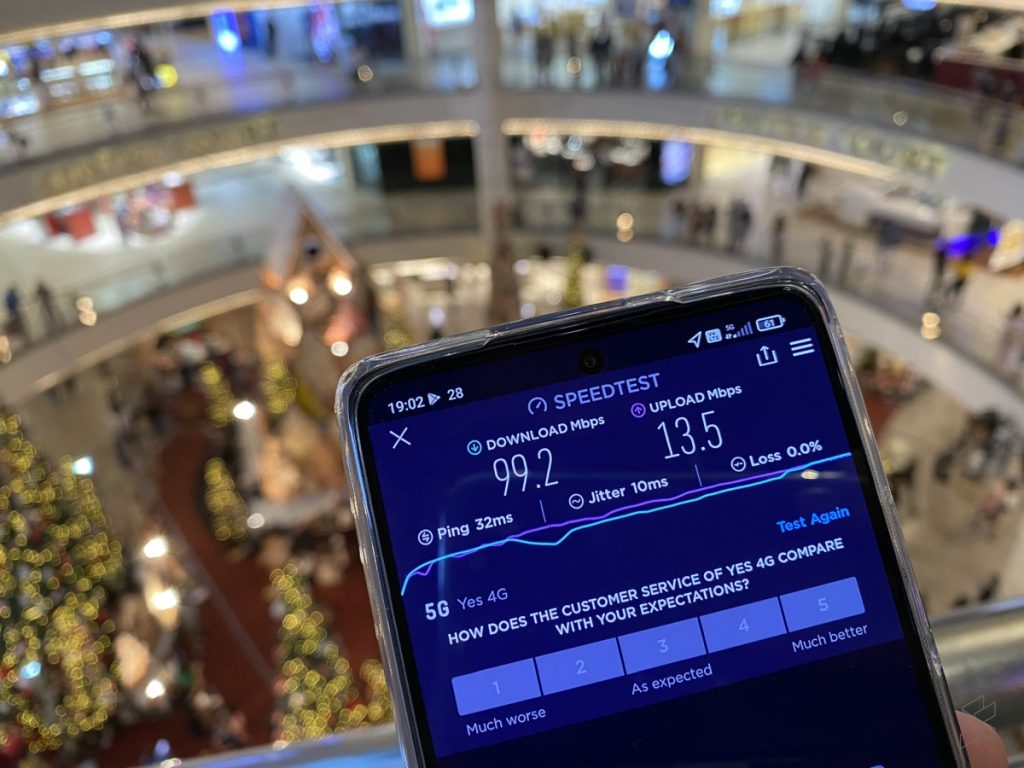
Over at Mid Valley Megamall, the only spot we could get 5G indoors is on the highest floor around the Centre Court. After a couple of “airplane mode” restarts, we managed to get a single bar on 5G. The best result we got was close to 100Mbps for downloads, 13.5Mbps for uploads and a ping of 32ms.
Another area that we could get 5G is on the bridge connecting Mid Valley and The Gardens, which has wide glass panels. On this spot, we got between 55Mbps to 497Mbps downloads. The performance fluctuates as the 5G signal indicator randomly jumps between 2 to 4 bars.
5G Coverage at GMBB
The best indoor 5G coverage we’ve experienced so far is at our very own office at GMBB. We managed to get about 700Mbps-900Mbps downloads, 50-100Mbps for uploads and ping between 18-30ms. At this location, we typically get anywhere between 10-60Mbps on other 4G networks.
What’s more remarkable is we could still get full 5G signal in our basement carpark with speedtest results as high as 245Mbps. On the main lobby at the ground floor, we are able to hit 1Gbps downloads and 150Mbps uploads with a ping of 23ms. The good reception is partly due to our proximity to the nearest base station which LTE Discovery estimates to be about 100 metres away.
Of course, it is worth noting that the 5G network is still new so the actual experience may differ when there’s more load on the network.
Most smartphone users won’t feel the difference
5G has been widely marketed for providing super high-speed connectivity but in reality, speed isn’t just the main focus. Sure, the 5G network can provide at least 10x faster speeds compared to 4G but it won’t make a significant difference to most day-to-day mobile experiences. 4K video streaming only requires a stable 25Mbps connection and most users would only notice the speed advantage while downloading apps, large files or videos for offline viewing.
One of the biggest promises of 5G is lower latency, however, the DNB’s current network is mostly running on NSA (Non-standalone) 5G architecture which uses 4G as an anchor. When we play MLBB, we got a latency of 25ms indoors and 19ms outdoors at our office. This is noticeably lower than 4G but it isn’t as low as connecting to a WiFi network on fibre broadband. The true potential of 5G’s ultra-responsiveness with single-digit ping can only be realised when DNB deploys 5G SA (Standalone) sites. 5G SA is often dubbed as the true 5G network as it doesn’t rely on 4G infrastructure.
Since DNB is on an accelerated schedule, you can expect the initial sites to be deployed with 5G NSA as it taps on existing infrastructure. Most early 5G networks worldwide are deployed with 5G NSA before they start building SA sites.
Switching between 4G and 5G could have been more seamless
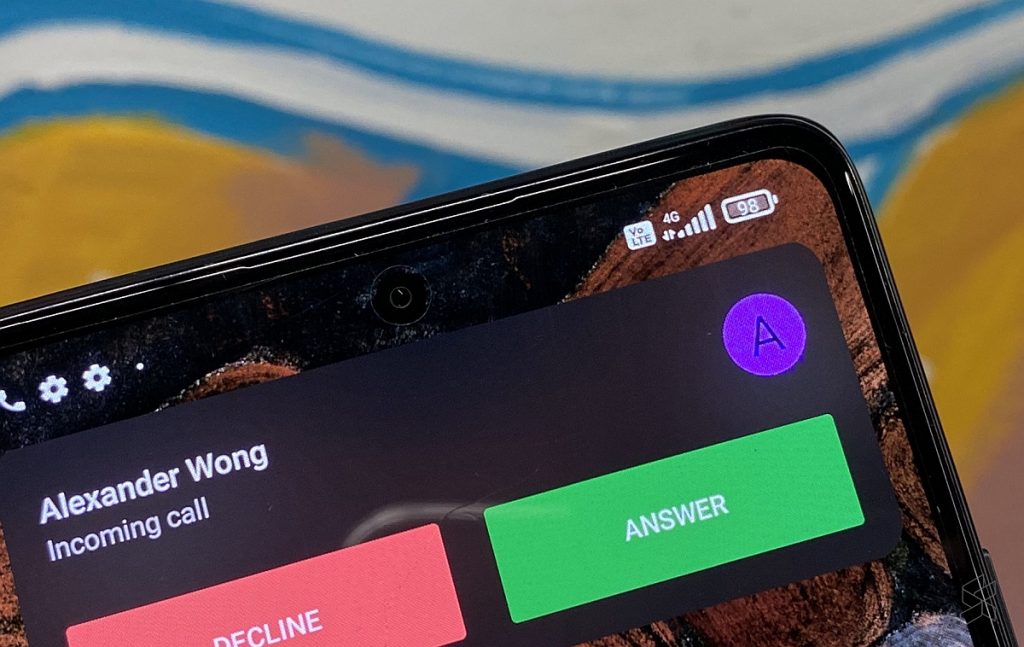
At the moment, Yes 5G is using DNB’s network for data services and that means voice calls are still reliant on their existing 4G network with Voice over LTE. When a call comes in, your 5G connection will drop to 4G immediately which will slow down your data connection especially when you’re using it for a hotspot.
From our experience, our Yes line on our Xiaomi 11T Pro doesn’t seem to switch back from 4G to 5G seamlessly and we had to turn on/off airplane mode to connect back to 5G. On top of that, the handover from 5G to 4G isn’t seamless at certain areas and we ended up with no signal on our phone for a short period of time. In some cases, it may take a minute to regain 4G but sometimes we had to toggle airplane mode to regain a connection.
The 5G network is still far from ready
At the present state, the 5G network still requires a lot of tweaks and optimisation before it is truly ready for mass commercial usage. Paying customers would expect a seamless mobile experience regardless it is 5G or 4G, and the network switching should be smooth. Indoor 5G coverage especially for commercial malls, offices and residential areas would be crucial as that’s where most people would need high-speed connectivity. Since DNB is tapping on existing infrastructure, it should be just a matter of time before most high-demand areas are covered.
If you’re thinking of testing out Yes 5G, you can give it a try provided that you have a compatible device and the right expectation of its available coverage. Like a beta product, the network isn’t fully ready so do expect bugs and issues along the way.
For now, Yes is offering unlimited 5G data with no speed caps on 5G. We have already utilised more than 80GB on mobile data and we could still get high speeds with no throttling on our Yes FT5G Prepaid. In case you’re wondering, you can also use it as a hotspot.
At the moment, none of the major telcos have signed a commercial wholesale agreement with DNB and it aims to settle it by the end of March 2022. Hopefully, the network shortfalls would be sorted out by then. TM has also announced that Unifi Mobile postpaid customers will soon be able to experience 5G but they have yet to provide further details about the free 5G access offer.
Related reading
- Yes 5G: 8 things you need to know before signing up for Malaysia’s first 5G service
- DNB’s 5G network doesn’t support the iPhone and Galaxy S20 series yet, here’s the full list of compatible 5G devices
- Here are DNB’s 5G coverage areas
- DNB’s 5G network goes live, TM and YTL first to offer 5G services in Malaysia

